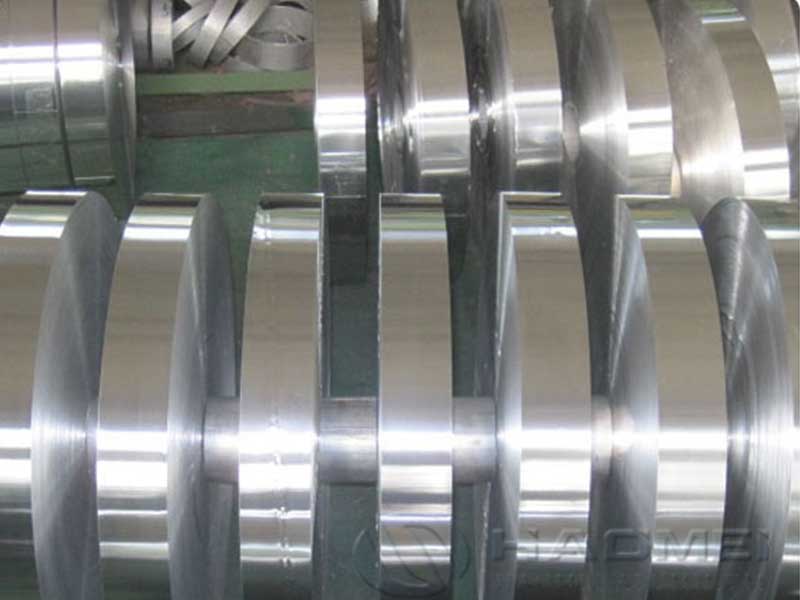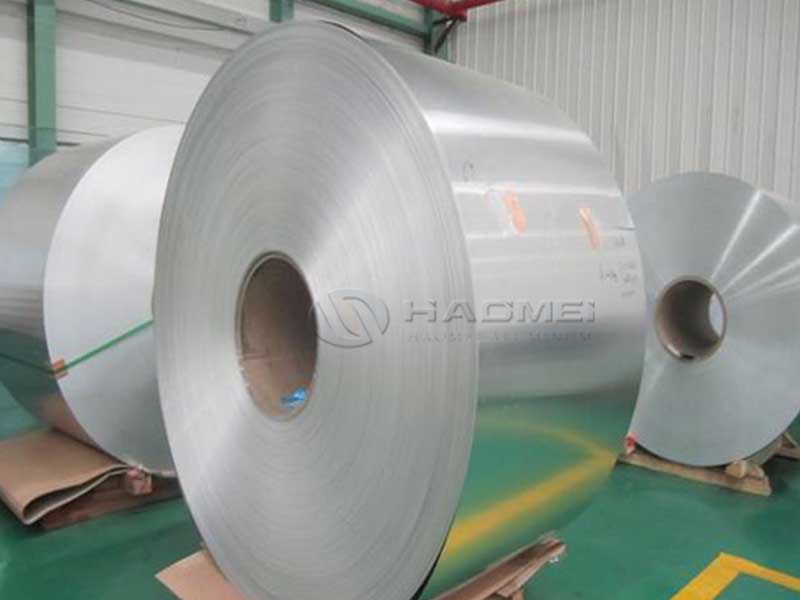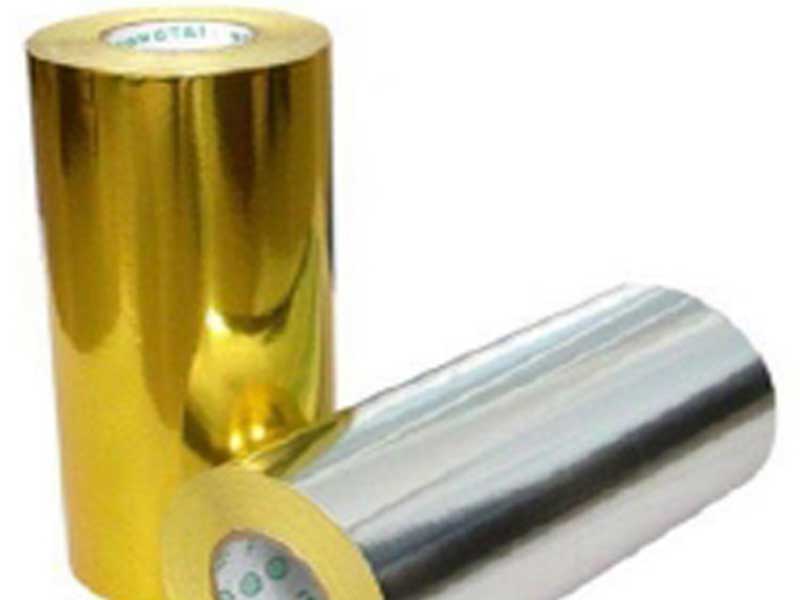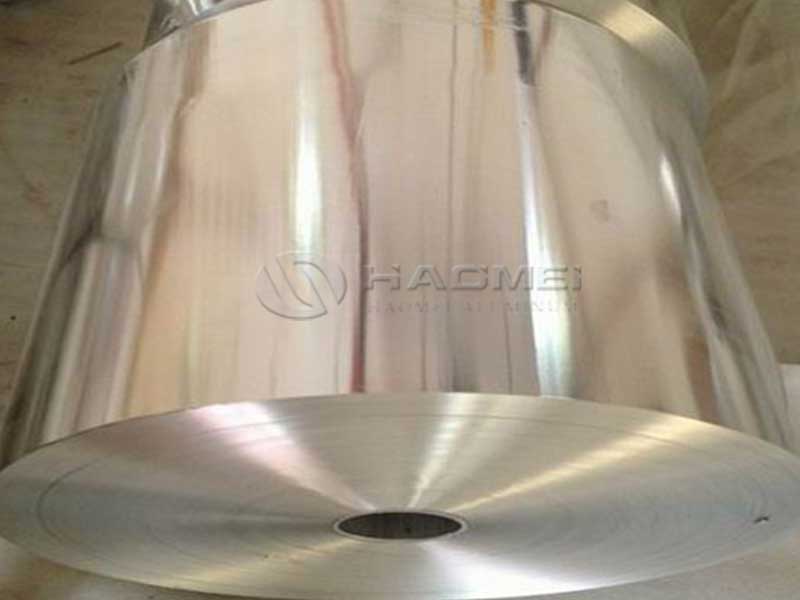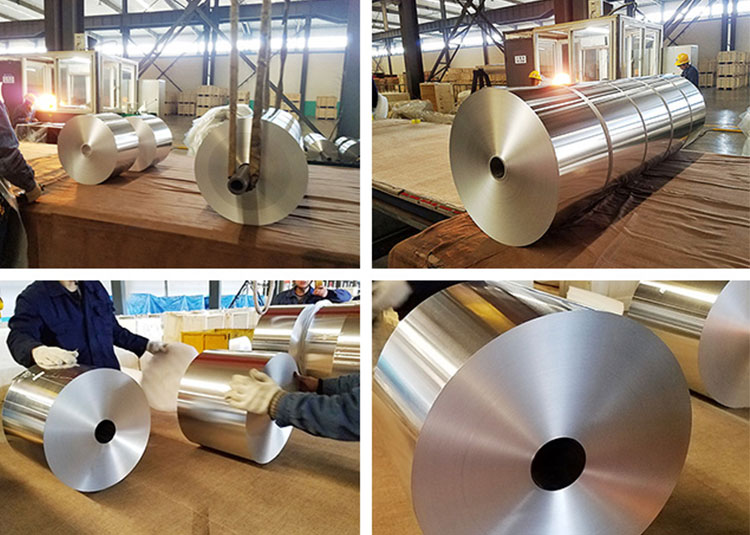Aluminum foil is widely recognized in the packaging industry, especially with applications in dairy and beverage packaging due to its excellent barrier properties and adaptability. The use of aluminum foil enhances the shelf life of products while ensuring protection against external factors.
Features
Superior Barrier Properties:
- Prevents light, oxygen, moisture, and bacteria from contaminating the product.
Heat Seal Capabilities:
- Compatible with various sealant materials for secure closures, enhancing product integrity.
Durable and Lightweight:
- Provides strength while being aesthetically beneficial due to its lightweight nature.
Hygiene and Safety:
- Non-toxic, making it suitable for food-contact applications following safety regulations.
Versatile Printability and Customization:
- Offers flexibility for branding and product information display through high-quality printing.
Applications
Aluminum foil is extensively utilized in:
- Dairy Products: Packaging for milk, cream, yogurt, cheese, etc.
- Beverage Packaging: Juice, flavored drinks, and non-alcoholic products.
- Food Services: Batch pre-prepared meals requiring durable packaging options.
Technical Specifications
The following table highlights the technical specifications of aluminum foil designed for dairy and beverage packaging:
| Parameter | Specification |
|---|---|
| Thickness | 0.7 µm to 50 µm |
| Width | 100 mm to 1500 mm |
| Heat Seal Temperatures | 120 °C to 180 °C |
| Aluminum Alloy | 1235, 8079 |
| Moisture Barrier (g/m²) | 0.1 to 0.5 |
| Opacity (% Light | ~99 |
| Content of Total Al | 99.5% min |
| Breaking Strength | 60 N/mm² |
| Oxygen Transmission Rate | 0.2 cm³/(m²·day·atm) |
Chemical Composition
The composition varies depending on the alloy and intended use. However, the typical components are listed below:
| Alloy | Chemical Elements (% Weight) |
|---|---|
| 1235 | Al (min. 99.35), Fe (max. 0.5), Si (max. 0.1) |
| 8079 | Al (min. 92.5), Fe (max. 0.5), Si (max. 0.1), Manganese (0.7 to 1.0) |


